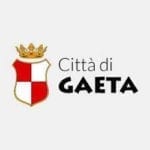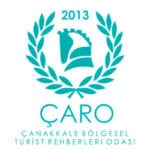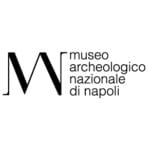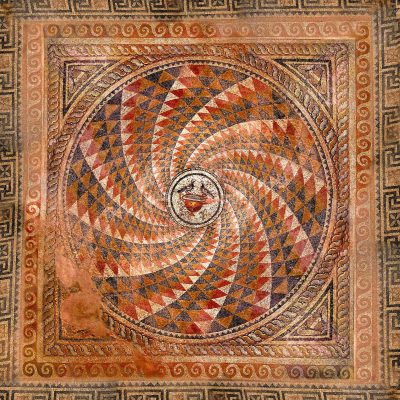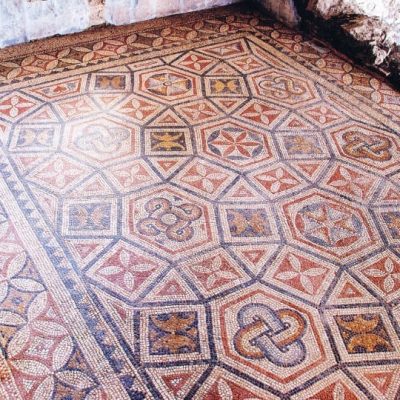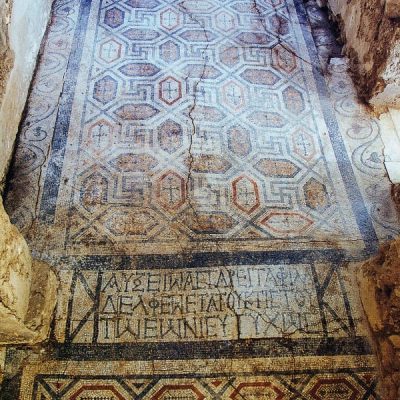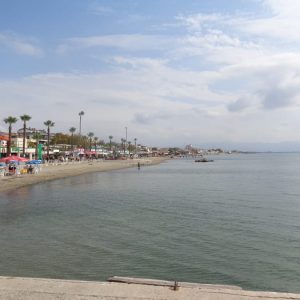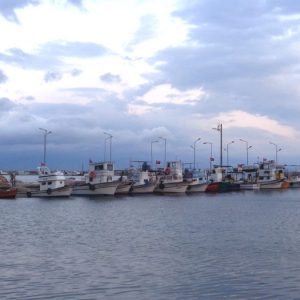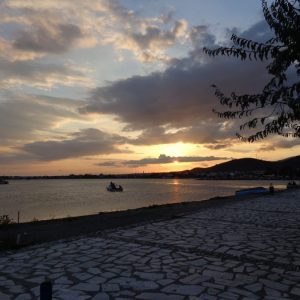Antandros
Antandros

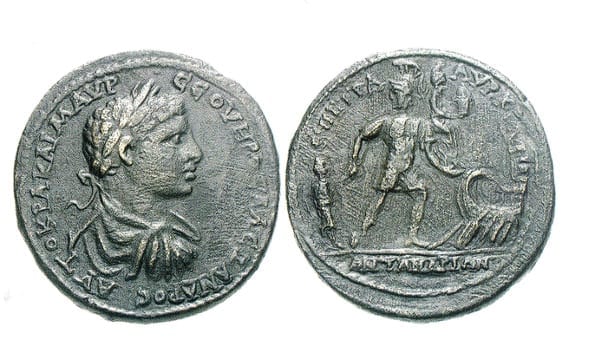
The discovery
The first attempts to locate the site of Antandros date back to Schliemann, the discoverer of the legendary Troy, who attempted the location of the site going up the Gulf of Edremit, in the footsteps of the hypothetical route of the flight of Aeneas from Troy. Later the geographer Heinrich Kiepert in 1842 discovered an inscription with the name of the city reused in the wall of a mosque and then some coins bearing the words “ANT” (fig): he was convinced that the city was located on the hill of Kaletaşı (or hill of Dervent, after the archaic name given to it by the local people). Only since 2001 a team of archaeologists led by Prof. Gürcan Polat, of the Aegean University of Izmir, launched systematic excavation campaigns, according to which the city of Antandros could be placed in the site Altinoluk, close to Edremit. The finds are now kept at the National Museum “Kuva-yi Milliye” in Balıkesir, but it is in the plans of the Municipality of Edremit the creation of a museum that collects the findings of the archaeological site of Antandros and other excavation campaigns in the area.The ancient city
The origins of the Greek city are traced by ancient historians to the most diverse populations: according to the historian Herodotus it was founded by the Pelasgians, according to Aristotle by the Thracians,according to Thucydides, instead, by the Aeolians. Thucydides himself says that during the Peloponnesian War , in 424 BC, Antandros was conquered by the exiles of Lesbos. At the end of the V century b.C. the city experienced a short period of independence, but from 409 it passed under the rule of the Persians and the satrap Farnabazo made it an arsenal to supply ships to the Spartan allies. The acropolis of the city controlled the important coastal link between Adramyttione and Assos. A section of the city walls and an extraordinary Roman residential villa have been brought to light so far, dating back to the 4th century. The villa, that was used until VI-VII A.D., extends on a spectacular terrace overlooking the sea.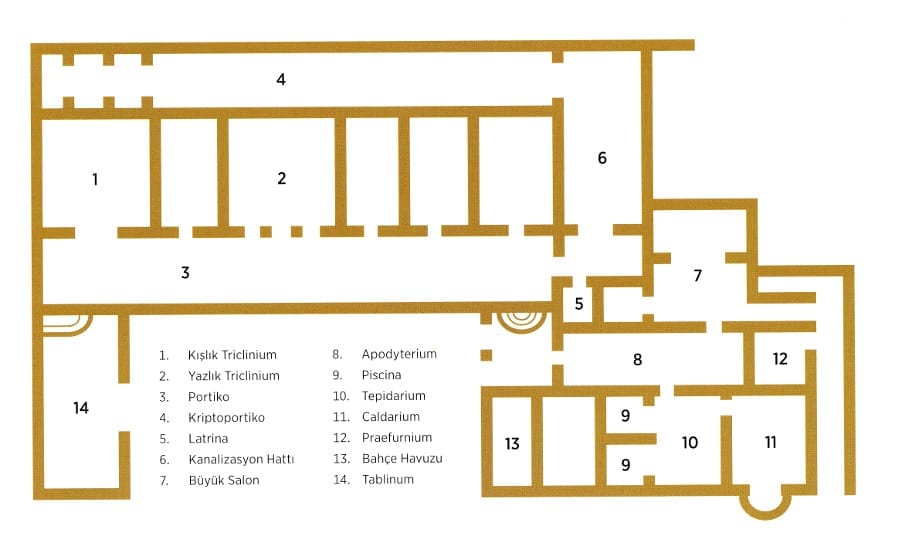

The Mount Ida
The Mount, which has a namesake on the island of Crete, is a protagonist of mythical tales, according to which there settled Dardano, , the progenitor of the Trojans; according to other tales, the mount was the theater of the famous episode of the judgment of Paris, which assigned to Aphrodite the title of the most beautiful of all the goddesses; it was also the place where Zeus, transformed into an eagle, kidnapped Ganymede, the young man Zeus had fallen in love with. It is said that even the wooden horse designed by Ulysses, with which the Greeks managed to conquer Troy, was made with the wood of the trees of Mount Ida. This is the reason why the tree endemic to Mount Ida is called “Pino di Troia”. Recognised as National Park since 1988, the Mount boasts in its flora 900 different botanical species with at least 68 rare species. Even the fauna is very rich, with a huge number of wild boars, prairie wolves and foxes, and the region is considered a hunting paradise. The Monte Ida National Park offers the opportunity to carry out many activities such as forest trekking, mountain biking, jeep safari, horseback riding, climbing, swimming in rivers and lakes; there are also many areas equipped for stops and picnics.Approfondimenti
Informazioni aggiuntiveEDREMIT
The town of Edremit is today an important seaside resort, known for its healing thermal waters, which support a large tourism welcomed in its many hotel facilities, offering massages, thermal pools, saunas, Turkish baths. the production of oil of excellent quality is famous too, representing 7% of the total production of Turkey.La città è strettamente legata al racconto del mitico viaggio di Enea, cantato da Virgilio nell’Eneide, come punto di arrivo dell’eroe troiano sulle coste laziali.
Secondo la tradizione ripresa da Virgilio, infatti, appena sbarcato Enea fece il primo sacrificio, in un luogo presso il fiume Numico (oggi Fosso di Pratica: Numico_1), dove poi sarebbe sorto un santuario dedicato a Sol Indiges. Inseguendo una scrofa bianca gravida, l’eroe percorse una distanza di 24 stadi: qui la scrofa partorì trenta piccoli e il prodigio offrì ad Enea un segno della volontà degli dei di fermarsi e fondare una nuova città. L’eroe incontrò Latino, il re della locale popolazione degli Aborigeni, il quale, dopo aver consultato un oracolo, capì che i nuovi arrivati non dovevano essere considerati degli invasori, ma come uomini amici da accogliere. Enea sposò dunque la figlia di Latino, Lavinia, e fondò la città di Lavinium, celebrando la nascita di un nuovo popolo, nato dalla fusione tra Troiani e Aborigeni: il popolo dei Latini. Il mito racconta che Enea non morì, ma scomparve in modo prodigioso tra le acque del fiume Numico e da questo evento fu onorato come Padre Indiges: Il padre capostipite.
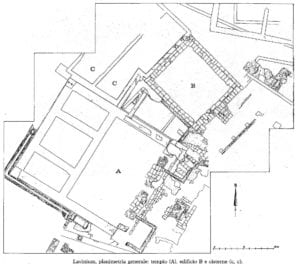 La piazza pubblica della città aveva una pianta rettangolare, ornata sui lati lunghi da portici, su cui si aprivano diversi edifici: uno di questi aveva forse la funzione di “Augusteo”, luogo dedicato al culto imperiale, come sembra indicare il ritrovamento di splendidi ritratti degli imperatori Augusto, Tiberio e Claudio. Sul lato corto occidentale si affacciavano un edificio elevato su un podio, forse la Curia (luogo di riunione del governo locale), e un tempio, risalente ad età repubblicana.
La piazza pubblica della città aveva una pianta rettangolare, ornata sui lati lunghi da portici, su cui si aprivano diversi edifici: uno di questi aveva forse la funzione di “Augusteo”, luogo dedicato al culto imperiale, come sembra indicare il ritrovamento di splendidi ritratti degli imperatori Augusto, Tiberio e Claudio. Sul lato corto occidentale si affacciavano un edificio elevato su un podio, forse la Curia (luogo di riunione del governo locale), e un tempio, risalente ad età repubblicana.
Il santuario, situato ad est della città antica, era dedicato alla dea Minerva, che a Lavinium è dea guerriera, ma anche protettrice dei matrimoni e delle nascite. È stato trovato un enorme scarico di materiale votivo databile tra la fine del VII e gli inizi del III sec. a.C., costituito soprattutto da numerose statue in terracotta raffiguranti soprattutto offerenti, sia maschili che femminili, alcune a grandezza naturale, che donano alla divinità melograni, conigli, colombe, uova e soprattutto giocattoli: le offerte simboleggiano l’abbandono della fanciullezza e il passaggio all’età adulta attraverso il matrimonio
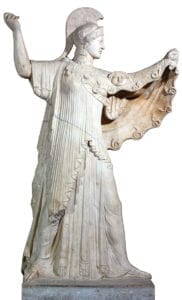 Eccezionale il ritrovamento di una statua della dea, armata di spada, elmo e scudo e affiancata da un Tritone, essere metà umano e metà pesce: questo elemento permettere di riconoscere nella raffigurazione la Minerva Tritonia venerata anche in Grecia, in Beozia, e ricordata da Viirgilio nell’Eneide (XI, 483): “armipotens, praeses belli, Tritonia virgo” (O dea della guerra, potente nelle armi, o vergine tritonia…)
Eccezionale il ritrovamento di una statua della dea, armata di spada, elmo e scudo e affiancata da un Tritone, essere metà umano e metà pesce: questo elemento permettere di riconoscere nella raffigurazione la Minerva Tritonia venerata anche in Grecia, in Beozia, e ricordata da Viirgilio nell’Eneide (XI, 483): “armipotens, praeses belli, Tritonia virgo” (O dea della guerra, potente nelle armi, o vergine tritonia…)
Il culto del santuario meridionale nasce in età arcaica ed era caratterizzato da libagioni. Nella fase finale il culto si trasforma invece verso la richiesta di salute e guarigione, documentato dalle numerose offerte di ex voto anatomici. Sono state trovate iscrizioni di dedica che ricordano
Castore e Polluce (i Dioscuri) e la dea Cerere. La molteplicità degli altari e delle dediche è stata interpretata come testimonianza del carattere federale del culto, quindi legato al popolo latino nel suo insieme: ogni altare potrebbe forse rappresentare una delle città latine aderenti alla Lega Latina, confederazione che riuniva molte città del Latium Vetus, alleatesi per contrastare il predominio di Roma.
Dionigi di Alicarnasso, vissuto sotto il principato di Augusto, afferma di aver visto in questo luogo, ancora al suo tempo, nel I sec. a.C., due altari, il tempio dove erano stati posti gli dèi Penati portati da Troia e la tomba di Enea circondata da alberi: «Si tratta di un piccolo tumulo, intorno al quale sono stati posti file regolari di alberi, che vale la pena di vedere» (Ant. Rom. I, 64, 5)
Alba
Lavinium fu considerata anche il luogo delle origini del popolo romano: all’immagine di Roma nel momento della sua espansione e della crescita del suo potere era utile costruire una discendenza mitica da Enea, figlio di Venere, onorato per le sue virtù, per la capacità di assecondare gli dèi; di conseguenza si affermò anche la tradizione per la quale Romolo, il fondatore di Roma, aveva le sue origini, dopo quattro secoli, dalla medesima stirpe di Enea.
Secondo questa tradizione Ascanio Iulo, il figlio di Enea, aveva fondato Alba Longa, città posta presso l’attuale Albano, dando l’avvio a una dinastia, che serviva per colmare i quattrocento anni che separano le vicende di Enea (XII sec. a.C.) dalla fondazione di Roma (VIII se. a.C.), quando, dalla stessa stirpe, nacquero i gemelli Romolo e Remo, secondo la tradizione allattati da una lupa. Questi erano dunque i nipoti del re di Alba Longa. La madre era Rea Silvia e il padre il dio Marte. Romolo uccise Remo e poi fondò Roma nel 753 a.C. Lavinium diventava così la città sacra dei Romani, dove avevano sede i “sacri princìpi del popolo romano”.
Il Borgo sorge su una altura occupata nell’antichità dall’acropoli di Lavinium. In età imperiale vi sorge una domus, testimoniata da pavimenti in mosaico in bianco e nero (Borgo_1). Una civitas Pratica è ricordata per la prima volta in un documento del 1061, mentre nell’epoca successiva si parla di un castrum che fu di proprietà del Monastero di San Paolo fino al 1442. La Tenuta di Pratica di Mare, comprendente anche il Borgo, allora definito “Castello” (Borgo_2), divenne poi proprietà della famiglia Massimi e in seguito fu acquistata nel 1617 dai Borghese. Il principe Giovan Battista, nel tentativo di valorizzare il territorio con l’agricoltura, ristrutturò il villaggio nella forma che ancora oggi rimane, caratteristica per la sua pianta ortogonale e la sua unitarietà. Dalla metà dell’Ottocento la malaria, che devastava la campagna romana, causò lo spopolamento del borgo, finché Camillo Borghese dal 1880 si impegnò nell’opera di ricolonizzazione, restaurando il palazzo e intervenendo con una importante opera di riassetto della tenuta, dove fu impiantata una singolare vigna a pianta esagonale. Il Borgo e la tenuta rappresentano una preziosa area monumentale e agricola ancora intatta all’interno della zona degradata di Pomezia e Torvaianica.
To learn more
G. Polat, Antandros, 2001
B. Burrell, Neokoroi. Greek Cities and Roman Emperors, Leiden-Boston 2004
INTRODUCTION
The Trojans, led by Aeneas, after fleeing from Troy in flames, arrive in Antandros, at the foot of Mount Ida, where they build the ships that will take them to Italy. Of the ancient city, in addition to the necropolis, we only know the walls and an extraordinary late-ancient villa overlooking the sea. Nevertheless, it is intense the suggestion of the place, dominating the gulf nestled in the woods of Mount Ida sacred to Cybele from which began, a one year after the fire, the long journey of the Trojan refugees.
Contacts
Map
Modulo di contatto
Donec leo sapien, porta sed nibh rutrum, bibendum posuere libero.



